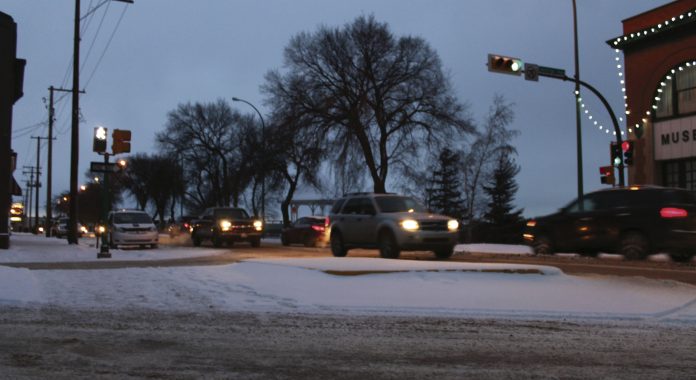With the onset of colder temperatures, CAA Saskatchewan is encouraging residents to winterize their rides.
The agency encourages would-be travellers to check their battery, block hearer and cord, vehicle fluids, brakes, roadside safety kit and tire pressure.
CAA also recommends that drivers defrost their windows before they drive, keep their fuel tank full, or at a minimum, half-full, and to use winter tires.
Keeping the gas tank at least half full reduces moisture in the gas tank and adds weight to your vehicle.
Winter tires use a different rubber compound, allowing for better traction and control.
The agency also included safe driving tips:
- check the weather and road conditions before you travel: allow extra time to reach your destination safely. Be prepared to slow down and drive with caution
- slow to 60 km/h: when passing tow truck operators, emergency personnel and in work zones
- Watch for snowplows: trucks now have amber flashing lights for increased visibility. Slow down, stay back and stay safe
- Signal lights: every vehicle has them. Use them in advance to communicate your driving intentions to others on the road.
- See and be seen: vehicles driven in the dark without lights are known as ‘phantom vehicles’. Some drivers think a lit-up dashboard means the vehicle lights are on, which may not be true. Turn your vehicle headlights and tail lights on in harsh weather and in low visibility
- Check the highway hotline: for updates on winter road conditions
- When driving on slippery roads: tires can sometimes lose their grip. Hold the steering wheel with both hands. If you use the nine and three o’ clock position, you can easily straighten out the tires without oversteering. It’s the least fatiguing and has the most control
- Avoid using cruise control on a slippery road: your tires can lose their traction trying to keep to a set speed
- Always brake well before any turns, so the vehicle slows down in a straight line: Leave plenty of extra room for braking. If you’re driving around a curve and the car slides out from the front wheels or all of them, keep a light grip on the wheel and steer in the direction you want the vehicle to go. Don’t turn the wheel too much — when the tires catch their grip again, you don’t want to overcorrect the turn and worsen the situation.
- Don’t touch the brakes if your car is skidding out
- During a front-wheel skid, try to straighten the steering wheel: let the car slow on its own. Look ahead down the road at where you want to go, and that’s where you’ll steer to. When the tires have found their grip again, resume at an appropriate speed — and probably a little slower this time.


